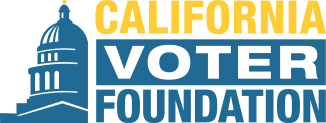Excerpts:
With 29 days and counting until the Nov. 3 election, many Californians are getting their ballots in the mail this week. There are some 21 million registered voters in California, and every one of them will be getting a vote-by-mail ballot.
In this election, how you vote may be just as important as who you vote for. A new study by the non-partisan California Voter Foundation found that on average, nearly 2% of all vote-by-mail ballots in California are rejected and that amounts to tens of thousands of voters.
The CVF has even introduced a song to get people to participate in the voting process.
California Voter Foundation President and Founder Kim Alexander told KCRA 3 her organization wants to make sure that everyone’s vote counts.

